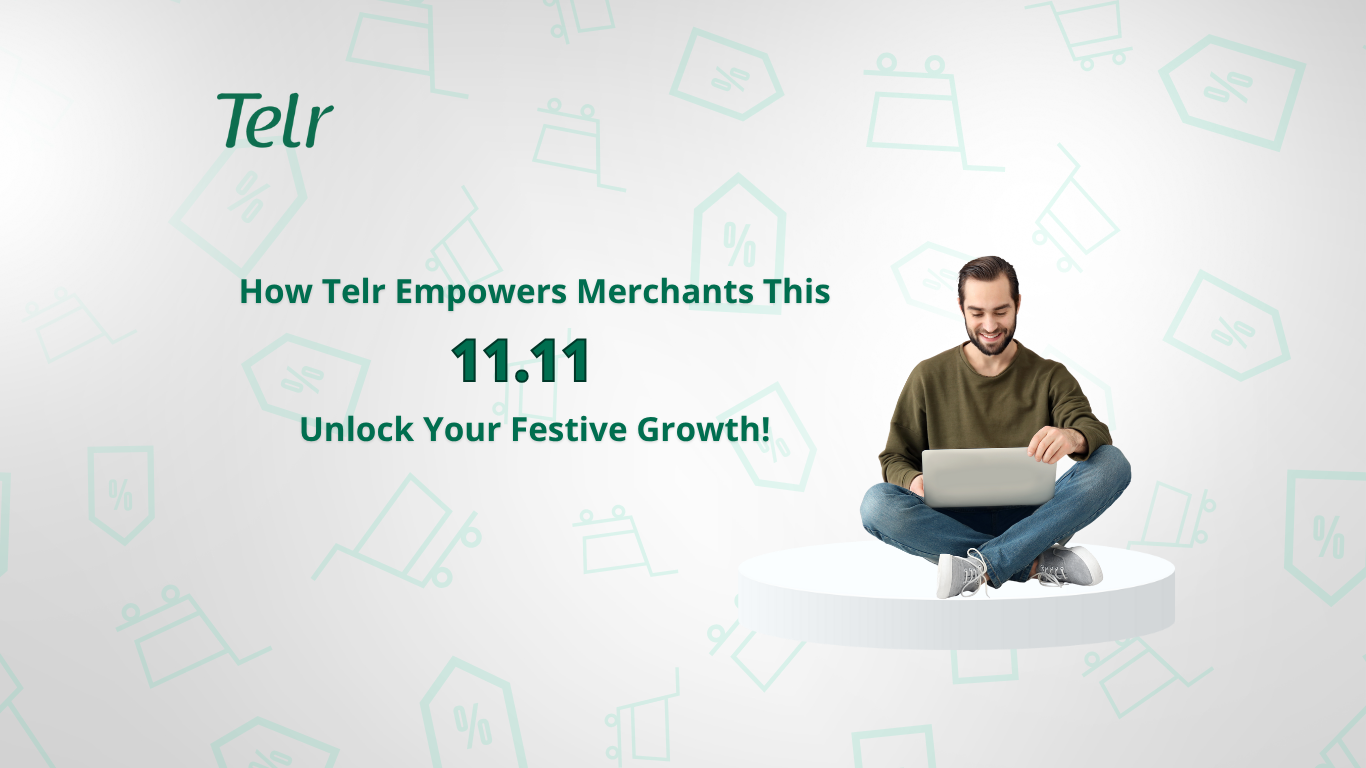
Blockchain is synonymous with Bitcoin in many peoples’ minds, though that misperception is swiftly disappearing – due in no small part to the interest in blockchain from across the financial sector. Blockchain has the potential to significantly disrupt the financial services industry, at a product and service level, and also conceptually. As we’ll see, this disruption not only comes in the form of innovation, but also drives innovation itself as financial services institutions – new and old – move to take advantage of the changes that blockchain brings.
The field of payments is a good illustration of the breadth of impact that blockchain could potentially have – and it starts from the ground up.
Blockchain, with its ability to hold a secure, tamper-proof digital ID for individuals, is being used by governments across the world to provide identification for those members of society that would otherwise lack the ability to provide their own formal documentation. Typically society’s poorest members, they are unable to provide documentation either because they have been off the governmental radar all their lives, or because they’ve not been able to store fragile paper documents. But not being able to prove their identity means that financial services – where being able to positively identify customers is a critical aspect – are not available to them.
To resolve this, governments (often in partnership with the private sector) are starting to use blockchain to hold digital IDs for these individuals. By having an entry in the distributed ledger, these individuals are now able to access financial services, or partake in other transactions happening across the blockchain itself. Receive payments, for example.
Blockchain will revolutionize cross-border payments, providing the ability to send money from one country to another in seconds, rather than days. The speed – and security – that this process offers currently comes at a cost: it’s expensive relative to other channels, and consumes vast amounts of energy. But it’s a fair expectation that both the cost and power needs of blockchain will be driven down over time – and so it’s not inconceivable that in time the blockchain platform will be an option for migrant workers in transferring funds back home, sending funds directly to the recipient rather than needing to rely on exchange houses. This of course has significant knock-on benefits for local economies.
Businesses, also, will be able to extract great benefit from rapid cross-border transactions. Cashflows will improve as collection times from overseas customers falls – all within a highly secure framework. But for businesses the opportunities that blockchain presents in the field of payments go far beyond.
Think, for example, of the changes that smart cities will generate, not just in the type of services and civic organization that residents will experience, but also in how payment is set and collected for these services. Blockchain will enable real-time dynamic pricing for road use, for instance, in order to smooth the flow of traffic across a city’s roads during peak periods. The whole process, from congestion monitoring, to price setting, through to monitoring individual usage, computing and levying the charge and automatically collecting payment, could rely on blockchain.
But why is this so significant for innovation in financial services? Partially the answer lies in the opportunities for innovation that blockchain generates – and partially it lies in the pressure to innovate that it’ll create.
By providing access to diverse, live data sets, in a highly secure environment where pretty much anything can have a digital presence, financial services companies are provided with the means to evolve the products and services that they offer, and the way that they’re offered – to join the dots and to increase efficiencies. Manual administrative processes become automated. The speed of service provision becomes enhanced.
Loans are a good example of this – with historic data and smart contracts available on the blockchain, credit processes are reduced in time, and loans can be dispersed quicker. Machine learning can be applied to blockchain transactions, in order to better identify potential fraud – all in all, creating a healthier, more efficient environment for financial service providers and their customers alike.
For their customers, exposure to intelligent, hassle-free online services creates an expectation that their financial services providers will consistently make these available, and this creates consumer pressure on firms to evolve.
The blockchain market is estimated to reach USD 5.4 billion by 2023. The challenges – and opportunities – raised by the blockchain revolution will require new and innovative ways of thinking by financial services and fintech firms. But those firms that are able to take advantage of the opportunities will be creating an enhanced proposition for both themselves and their customers.
Recent Posts

Telr and Peko ink a strategic partnership agreement to launch Telr Incepta

.png)


.png)
.png)








